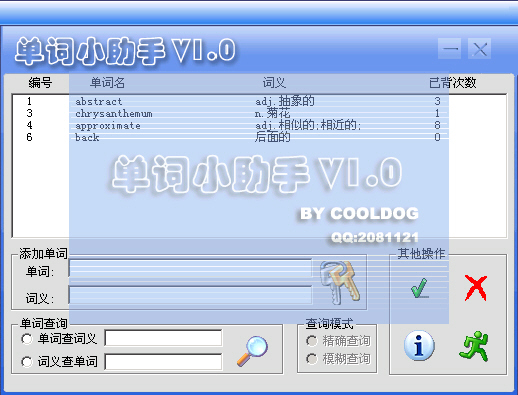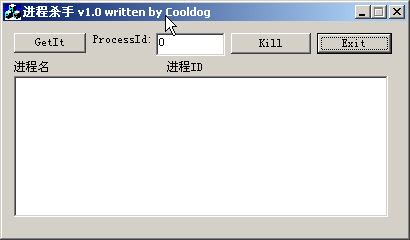在一般情况下编写的对话框程序,用户在运行的时候,如果不注意按下了ENTER或者ESC键,程序就会立刻退出,之所以会这样,是因为按下Enter键时,Windows就会自动去找输入焦点落在了哪一个按钮上,当获得焦点的按钮的四周将被点线矩形包围。如果所有按钮都没有获得输入焦点,Windows就会自动去寻找程序或资源所指定的默认按钮(默认按钮边框较粗)。如果对话框没有默认按钮,那么即使对话框中没有OK按钮,OnOK函数也会自动被调用,对于一个普通的对话框程序来说,OnOK函数的调用,以为着程序会立刻退出。为了使Enter键无效,最简单的办法就是将CExDlg的OnOK函数写成空函数,然后针对OK按钮写一个新的函数来响应。ESC键的原理也是如此,它是默认和OnCancel函数映射在一起的。对于ESC键,需要自己重载CDialog类的PreTranslateMessage函数,当发现是ESC键的时候,过滤掉这个消息或者是替换掉这个消息。
一下是简单的代码示例:
[biggrin]【方法1】 可以先重载OnOK函数 voidCTestDlg::OnOK() { //里面什么也不写}
然后重载PreTranslateMessage函数 把ESC键的消息,用RETURN键的消息替换,这样,按ESC的时候,也会执行刚才的OnOK函数,这样问题就可以解决了。
BOOL CxxxDlg::PreTranslateMessage(MSG* pMsg) { if(pMsg->message==WM_KEYDOWN && pMsg->wParam==VK_ESCAPE) { pMsg->wParam=VK_RETURN; //将ESC键的消息替换为回车键的消息,这样,按ESC的时候 //也会去调用OnOK函数,而OnOK什么也不做,这样ESC也被屏蔽 } return CDialog::PreTranslateMessage(pMsg);
}
[biggrin]【方法2】
直接在重载的PreTranslateMessage函数中屏蔽回车和ESC的消息,和以上方法大同小异:
BOOL CxxxDlg::PreTranslateMessage(MSG* pMsg) { if(pMsg->message==WM_KEYDOWN && pMsg->wParam==VK_ESCAPE) return TRUE; if(pMsg->message==WM_KEYDOWN && pMsg->wParam==VK_RETURN) return TRUE; else return CDialog::PreTranslateMessage(pMsg); }


